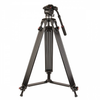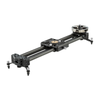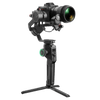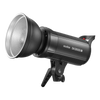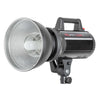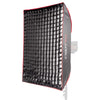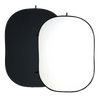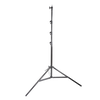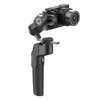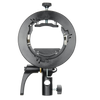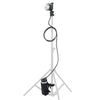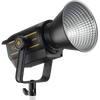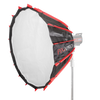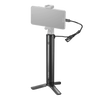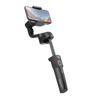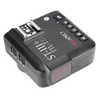How to Get Started with Sports Photography
At one point or another, you must have been fascinated by beautiful, crisp photos of passionate players on a field. Sports photography is truly a work of art, whether it is dunk shots of basketball players or aerial captures of skateboarders. Humans like you take these magnificent photographs, and if you feel like you want to become a sports photographer it is a great field to pursue.
However, taking professional sports photographs is a tough-to-learn skill and requires ample patience and practice. Here is a compilation of some essential tips that can help you kickstart your sports photography journey.
1. Invest In The Right Equipment
Selecting the right equipment is essential for being a pro sports photographer. You’ll need to have a range of cameras and lenses, but lighting equipment and accessories are also important to support the dynamic photography involved with different sports.
Lighting: There are two types of equipment that can be used – flash and continuous lighting. While continuous lighting such as the GlowPad112 and LED170 can only be used for a capturing multiple shots in a specific location...
 |
 |
...and COB LEDs such as the LED200D MKIII and VL200 are great for closeups and medium range shots...
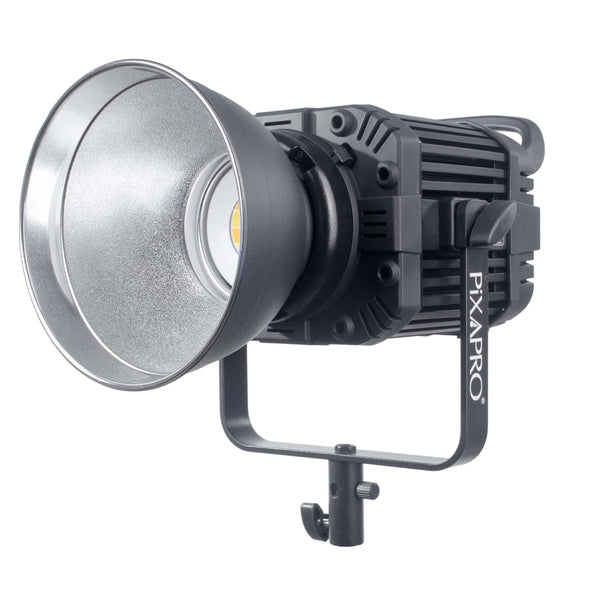 |
 |
...flash lighting such as Speedlites (Li-ion580III, GIO)
 |
 |
Pocket flashes (PIKA200 PRO and CITI300 PRO)
 |
 |
Strobes (CITI400 PRO and CITI600 PRO),
 |
 |
and Pack and head systems (CITI1200PRO) can be used for subjects in a larger field as the flash has the capability to overpower the sun to capture bright images.
Lighting Control Equipment: Both flash and continuous lighting can be used with modifiers such as the PIXAPRO Collapsible Beauty Dish and the PIXAPRO Reflectors which can produce a range of diffused lighting effects for capturing the perfect shot.
 |
 |
Additionally, equipment such as translucent brollies, Diffuser balls, and large softboxes can be used to mimic natural lighting in a range of conditions.
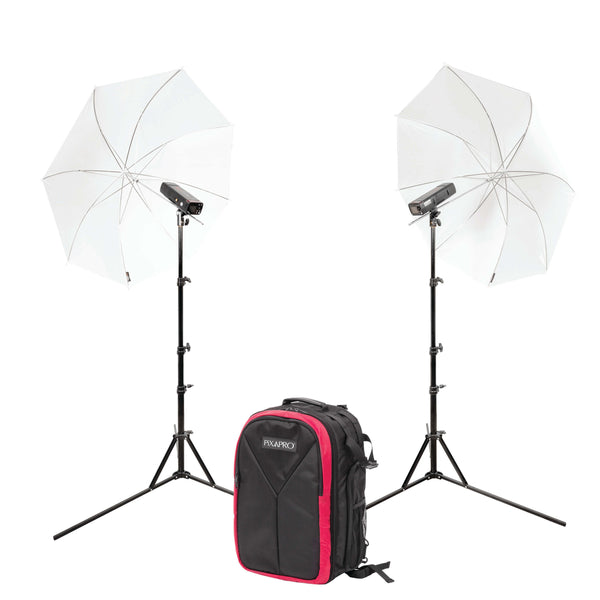 |
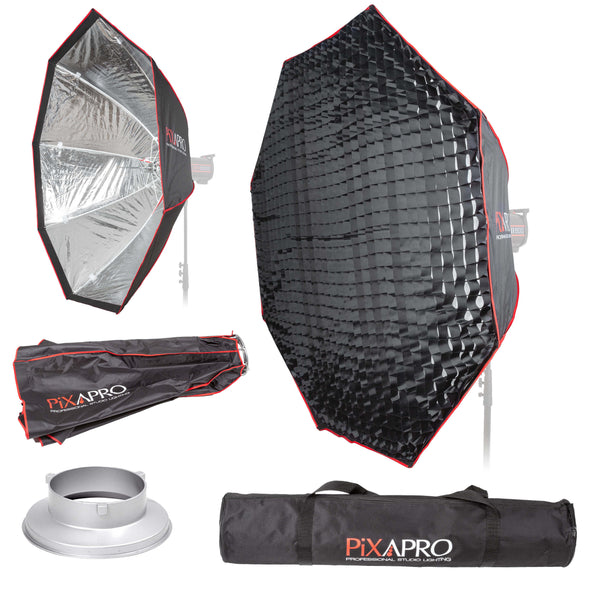 |
PIKA200PRO Flash Twin Lighting Kit and 150cm (59") Octagonal Easy-Open Umbrella Softbox With 4cm Grid
Stands and Tripod: If you’re hoping to catch an image of a runner at the finish line or of a ball entering the goal, you can position your camera on a tripod such as the PIXAPRO Flexible Tripod to ensure you capture a stabilized image. The setup can also be well-let by using lights on stands such as the robust and heavy duty PIXAPRO C-Stand.
 |
 |
PIXAPRO Flexible Tripod and PIXAPRO C-Stand
2. Make your subject’s eyes the focal point
Focusing on the subject’s eyes is a general rule in portraiture but can also be helpful in sports photography. This is mainly because everything moves in a sports field, and it is hard to focus on a single entity. Therefore, a great tip is to keep your camera’s focus on where the eyes will be in the game.
Vertically speaking, it is often the centre, third or top third. Similarly, for horizontal focus position – the centre is the right spot to keep your subject in. This is a crucial aspect of sports photography, and you get to master it with practice.
3. Look for a good spot, one that doesn’t get you in trouble
You need to check where you are allowed in a sports field and what spots you, and your gear will be safe. Getting approval or permission to shoot a game is not always easy, and even after that, you need to pick a spot with a good background.
There are quite a few other factors to keep in mind other than safety. For example, figure out what angles will give you the best shots depending on the focal lengths you are working with. Similarly, which spots have the least distraction. Having fans in the background is a significant plus.
4. Research and build understanding of your sport
You must understand the sport you are capturing to dive deep into the scene. Having a good grip of the sport will help you determine what looks good and how people move. Going through the works of professional photographers of that sport will also help you see what the world likes to see in a specific game.
It will further give you an idea about where you should start. The fans may not appreciate a photo that may look great to you as they may find a missing component. Therefore, pick a sport that fascinates you and learn about it.
5. Find a niche to supplement sales
Transforming your sports photography hobby into a career will require some supplementary income. Commonly played sports will have a lot of competition when starting out because there will be 50 other photographers for a game like a cricket or football—however, the more commercial the sport – the easier it is to sell its images.
Therefore, try early on to find a niche where you can be one of the few photographers of that sport. This will also mean that you stay consistent and get progressively better at understanding the game itself.
6. Befriend young athletes
Once you have determined the sports you want to shoot, hit the local scene and team up with some of the budding athletes on the field. You have a great chance to grow your career with them by making them your subject. They may have few or no sponsors initially, but they will eventually start getting bigger ones.
It is very likely that they, too, are looking for someone to photograph them, and they may even want to use your images for autographs. It is an excellent way of mutually creating value for each other. Once their sponsors want to use pictures you took of the athletes, it simply becomes business.
7. Crowd also makes for a great subject
In live-action photography, it is not just the players you want to focus on. Aim to capture emotions as well, and what is more emotional than a passionate crowd? Fans make for a great subject, too, besides other details surrounding the actual game. Try to capture those to widen your portfolio as well as your understanding of the game.
8. Figure out the game’s story
Linked to the point above, another great tip for sports photography is to crack the day’s story. As a sports photographer, you are also a storyteller, and you already know what they say about ‘a picture is worth a thousand words.’ When taking shots, think from the perspective of a journalist or news reporter.
What type of images will they look for to describe the events through pictures? Keep an eye out for player’s reactions, looks of determination, and supremely skilled acts. This will immensely help you as a sports photographer.
9. Use burst mode
Most cameras come with a shooting mode called the continuous shooting or drive mode. By pressing and holding the button down on this mode, your camera will take pictures continuously. Some advanced cameras even allow you to choose different settings for photos per second.
This option is an incredibly helpful tool for sports photography because you never know when something surprising is going to happen. Use this mode when some is getting ready to throw the ball or take a shot. It will help you capture the exact moment you are after.
Final Words
Live-action photography is incredibly thrilling because you get to be both a sports photographer and storyteller. There is always plenty of emotion and tension to capture on the field, from winning goals to penalties. This branch of photography also allows you to experiment with different focal lengths and angles, and the best part is how you can start from the lowest levels, following the local scene. To take your passion a step further, do not forget to check out some great photography accessories on our website.








































